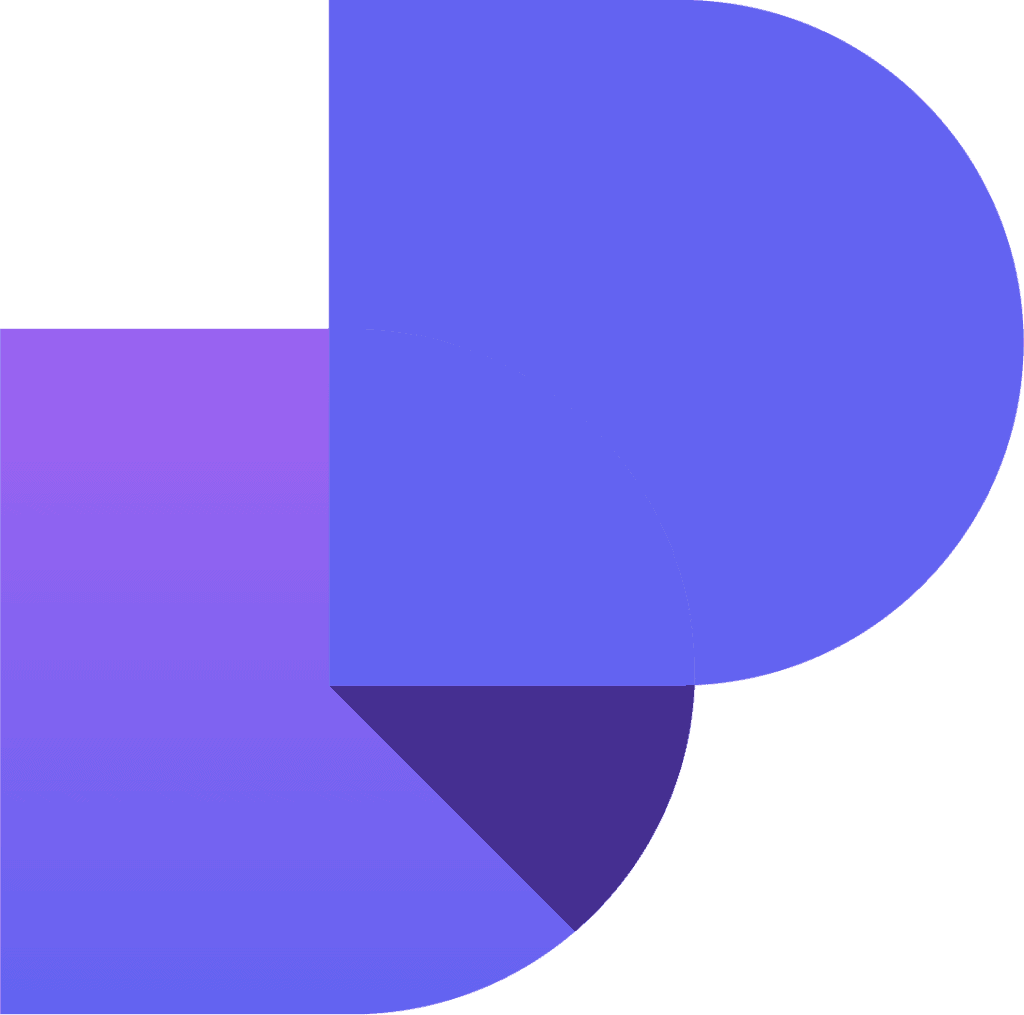In the ever-evolving world of web design, staying ahead of the curve is crucial. As we venture into 2023, it’s essential to be aware of the latest trends and styles that will shape the way we interact with websites. In this article, we’ll explore the top web design trends to watch in 2023, ensuring you stay informed and inspired.
1. Dark Mode and Low Light UX
a. Benefits of Dark Mode
i. User Experience
Dark mode has gained massive popularity in recent years, and this trend shows no signs of slowing down. By offering a low light user experience, dark mode reduces eye strain and improves readability, especially for users who browse in dimly lit environments.
ii. Energy Consumption
Dark mode also plays a role in reducing energy consumption, particularly on OLED screens, where darker pixels consume less power. As a result, this trend not only benefits user comfort but also contributes to environmental sustainability.
2. Glassmorphism
Key Features of Glassmorphism
Glassmorphism is a design trend that emphasizes frosted glass-like elements with a blurred background, vivid colors, and semi-transparent elements. This style has gained traction due to its modern and visually appealing aesthetic, offering a fresh perspective on interface design.
3. Neumorphism
Characteristics of Neumorphism
Neumorphism is another design trend that combines elements of flat design with skeuomorphism, creating a soft and minimalist 3D effect. This style is characterized by subtle shadows, rounded corners, and a focus on light and shadow to create depth. Neumorphism offers a visually appealing and immersive experience while retaining simplicity.
4. Scrollytelling
Advantages of Scrollytelling
Scrollytelling is the art of telling a story through scrolling, combining visual elements and narrative to create an engaging and interactive user experience. This trend allows designers to guide users through a story or process, offering a unique and immersive way to present information. Scrollytelling can increase user engagement, improve content comprehension, and make complex topics more accessible to a broader audience.
5. Retro Design Aesthetics
Nostalgia in Web Design
Retro design aesthetics have made a comeback, incorporating vintage elements, typography, and color schemes reminiscent of past decades. This trend leverages nostalgia to create an emotional connection with users, offering a sense of familiarity and comfort. Retro design elements can be used to create a distinctive brand identity or add a touch of personality to a website.
6. Voice User Interface (VUI)
Benefits of VUI
Voice user interfaces have seen a significant increase in popularity, thanks to the rise of smart speakers and voice assistants like Amazon Alexa, Google Assistant, and Apple Siri. By allowing users to interact with a website through voice commands, VUI offers a hands-free and convenient user experience. This trend has the potential to improve accessibility for users with visual impairments and create more inclusive online experiences.
7. Inclusivity and Accessibility
Designing for Different Abilities
Inclusivity and accessibility have become essential aspects of web design, ensuring that websites cater to users with different abilities and preferences. This trend includes features like adjustable font sizes, high contrast modes, and alternative text descriptions for images. By creating more accessible websites, designers can ensure that all users can enjoy a seamless and enjoyable online experience.
8. Data Visualization
The Power of Visual Information
As the saying goes, “a picture is worth a thousand words.” Data visualization is a trend that emphasizes the presentation of complex information through visually engaging elements, such as graphs, charts, and infographics. By presenting data in a more digestible format, designers can help users quickly understand and retain information, making it an essential tool in today’s data-driven world.
9. Minimalism and White Space
The Impact of Minimalism
Minimalism in web design focuses on simplifying elements, removing unnecessary clutter, and embracing white space to create a clean and user-friendly experience. This trend prioritizes content and functionality, ensuring that users can easily navigate a website and find the information they need. Minimalism also contributes to faster loading times and improved website performance.
Conclusion
As we move forward in 2023, these web design trends will play a significant role in shaping the online experiences we encounter daily. By staying informed about these trends and incorporating them into your web design strategy, you can create captivating and user-friendly websites that stand out in an increasingly competitive digital landscape.
FAQs
- What is the difference between Glassmorphism and Neumorphism?
Glassmorphism is characterized by frosted glass-like elements, blurred backgrounds, and vivid colors, while Neumorphism combines flat design with skeuomorphism to create a soft, minimalist 3D effect using light and shadow. - How can I make my website more accessible?
To improve accessibility, consider implementing adjustable font sizes, high contrast modes, alternative text descriptions for images, and voice user interfaces. - Why is minimalism important in web design?
Minimalism simplifies elements and embraces white space, creating a clean, user-friendly experience. It prioritizes content and functionality, contributes to faster loading times, and improves overall website performance. - What are some benefits of using dark mode in web design?
Dark mode reduces eye strain, improves readability, and lowers energy consumption, particularly on OLED screens. - How can scrollytelling enhance user engagement?
Scrollytelling combines visual elements and narrative to create an engaging andinteractive user experience. It guides users through a story or process, offering a unique and immersive way to present information. Scrollytelling can increase user engagement, improve content comprehension, and make complex topics more accessible to a broader audience.



